It’s essential to have the correct RH technique in order to improve in your playing. First we must focus on the right hand and the proper technique associated with it.
Having proper technique will make playing much easier and allow you to play more challenging repertoire and exercises.
Fingers and Strings
Thumb should be on the sixth, fifth, and fourth strings while the index middle ring will be on the third, second and first strings.
P = 6, 5, 4
I = 3
M = 2
A = 1
Right hand positioning
The right hand should be hovering over the sound hole in the middle. You can also place it back slightly as well for a different timbre. Make sure the right hand is relaxed while hanging over the strings.
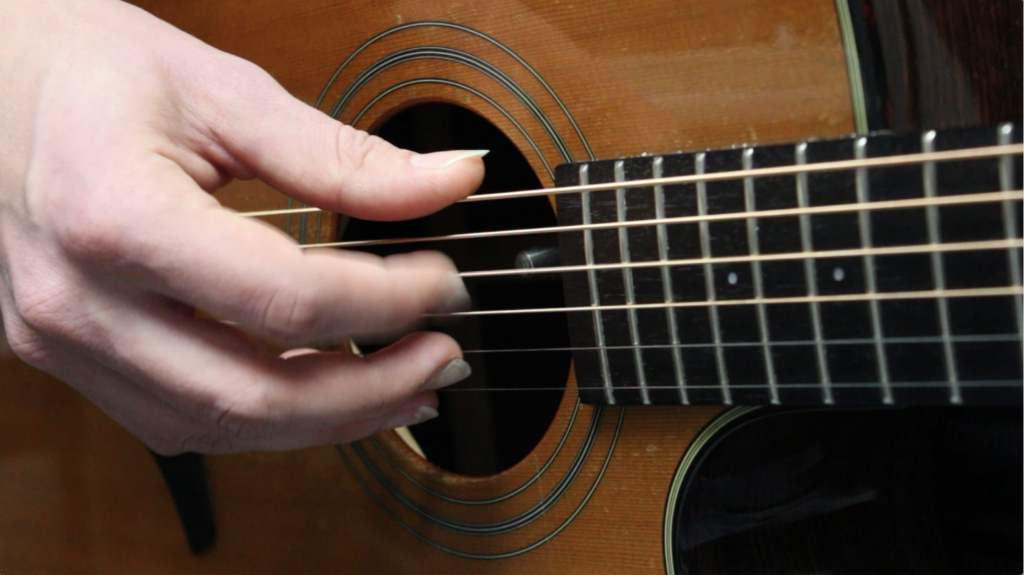
Attack motion
The attack should be a motion of the fingers coming in towards the palm. Prevent yourself from plucking up, or a clawing attack, which will cause the strings to be bright and thin.
Here is a video on beginner finger picking patterns I recommend:
Practice this with your own songs, or solely to work on your technique in order to improve your playing.
Learn more about technique through our FREE Fingerstyle Workbook!
FOLLOW US ON
Get our FREE Fingerstyle Workbook!
RELATED BLOG POSTS
Guitar Strumming Patterns
Strumming patterns are rhythmic patterns created by strumming or picking the strings of the guitar with your pick or fingers. They provide the foundation for rhythm guitar playing in various styles of music, from pop and rock to folk and country.
To get started with guitar strumming patterns, it’s essential to develop a strong sense of rhythm and timing. Start by practicing basic strumming patterns using simple chord progressions, focusing on keeping a steady beat and maintaining consistent strumming technique.
Once you’ve mastered the basics of strumming, start experimenting with different strumming patterns and rhythms. Try incorporating accents, dynamics, and syncopation into your strumming to add interest and groove to your playing. Don’t be afraid to get creative and explore new patterns and variations to suit the style of music you’re playing.
In addition to practicing strumming patterns on your own, try playing along with recordings of your favorite songs to study how different strumming patterns are used in context. This will help you develop an ear for recognizing strumming patterns in music and inspire you to incorporate them into your own playing.
In conclusion, mastering guitar strumming patterns is a valuable skill that can greatly enhance your playing and musical creativity. By exploring different patterns and rhythms, you can create music that is dynamic, expressive, and truly captivating. So grab your guitar and start experimenting with strumming patterns today!
Guitar Fingerstyle Patterns
Fingerstyle guitar involves plucking the strings with your fingertips or fingernails, allowing you to play melodies, chords, and basslines simultaneously. Fingerstyle patterns come in a variety of styles, from classical to folk to contemporary, and can add depth and richness to your playing.
To get started with guitar fingerstyle patterns, it’s essential to develop proper fingerpicking technique. Start by placing your thumb on the lower strings and your fingers on the higher strings, and practice alternating between them to create a steady rhythm. Focus on maintaining a relaxed hand and wrist, and experiment with different finger combinations to find what works best for you.
Once you’ve mastered the basics of fingerpicking technique, start exploring different fingerstyle patterns and exercises. Begin with simple patterns like Travis picking or arpeggios, and gradually increase the complexity as you become more comfortable. Experiment with incorporating basslines, melodies, and chord embellishments into your fingerstyle playing to add depth and texture to your sound.
In addition to practicing fingerstyle patterns on your own, try learning songs and arrangements by your favorite fingerstyle guitarists. This will help you develop an ear for recognizing different patterns and techniques in music and inspire you to incorporate them into your own playing.
In conclusion, mastering guitar fingerstyle patterns is a rewarding journey that can greatly enhance your playing and musical creativity. By exploring different patterns and techniques, you can create music that is expressive, dynamic, and truly captivating. So grab your guitar and start experimenting with fingerstyle patterns today!
Guitar Capo Techniques
Whether you’re a beginner eager to expand your repertoire or an advanced player looking to add depth and dimension to your playing, mastering capo techniques can open up a whole new universe of possibilities on the fretboard.
A capo is a small device that clamps onto the neck of the guitar, effectively raising the pitch of the strings. This allows you to play open chords and scales in different keys without having to change your fingerings. Capos are commonly used in various styles of music, from folk and pop to country and beyond.
One of the main advantages of using a capo is its ability to transpose chords and melodies to different keys on the fly. This makes it easier to play songs in keys that are more comfortable for singing or to match the key of another instrument.
To get started with guitar capo techniques, simply place the capo on the desired fret of the guitar and tune the strings as usual. Experiment with playing open chords, barre chords, and scales in different keys using the capo to see how it affects the sound and feel of the music.
Once you’re comfortable with the basics of using a capo, challenge yourself to explore different chord voicings, melodies, and improvisations on the fretboard. Since capos allow you to play in a wide range of keys with the same fingerings, don’t be afraid to experiment with unconventional chord progressions and melodic ideas.
In addition to experimenting with capo techniques on your own, try listening to recordings of guitarists who use capos creatively in their playing. This will help you develop an ear for recognizing capo techniques in music and inspire you to incorporate them into your own playing.
In conclusion, mastering guitar capo techniques is a valuable skill that can greatly enhance your playing and musical creativity. By exploring the endless possibilities of capo techniques, you can create music that’s unique, expressive, and truly captivating. So grab your guitar and start exploring the world of capo techniques today!

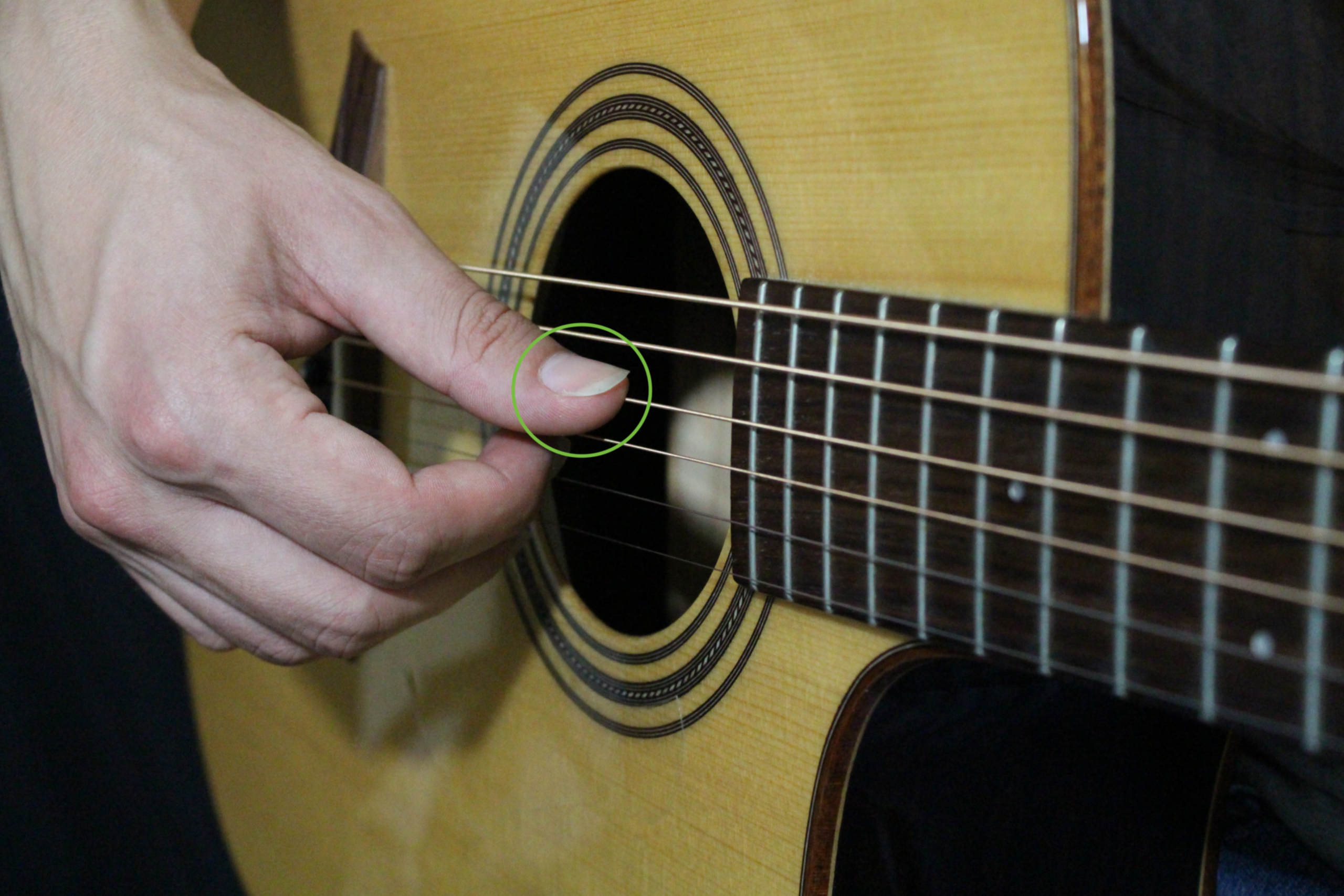
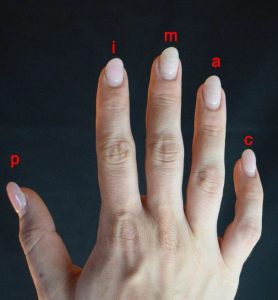
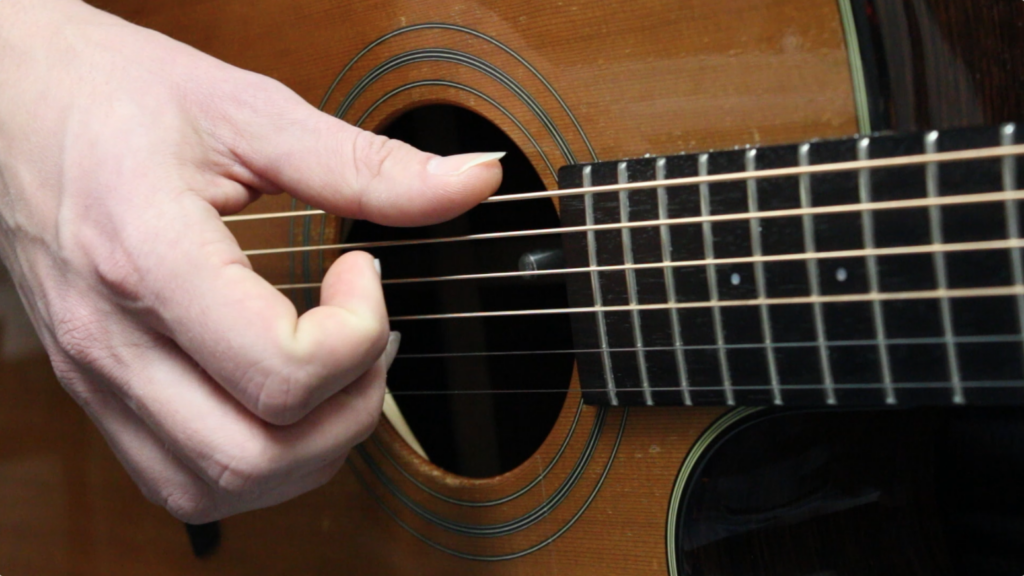
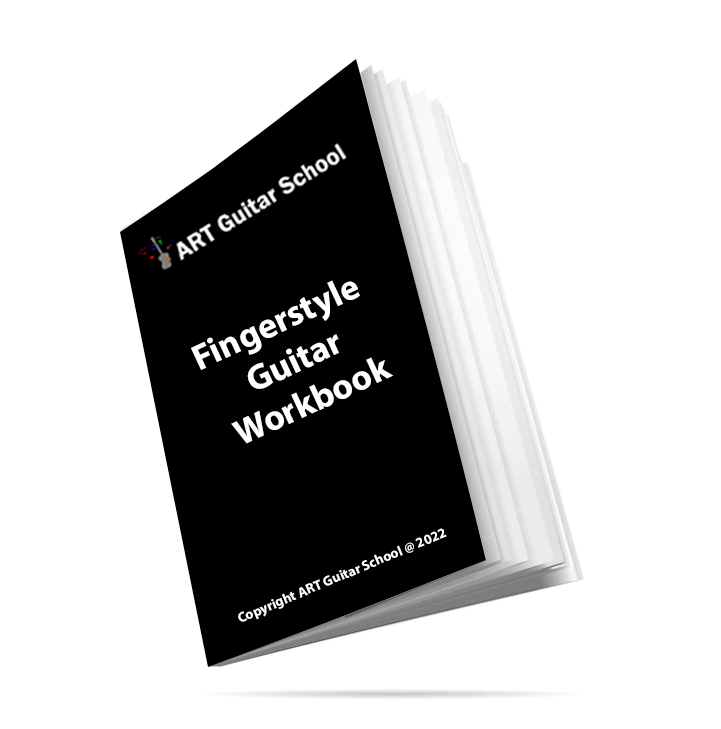
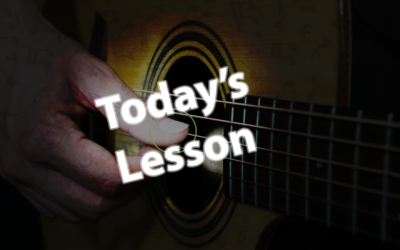
0 Comments